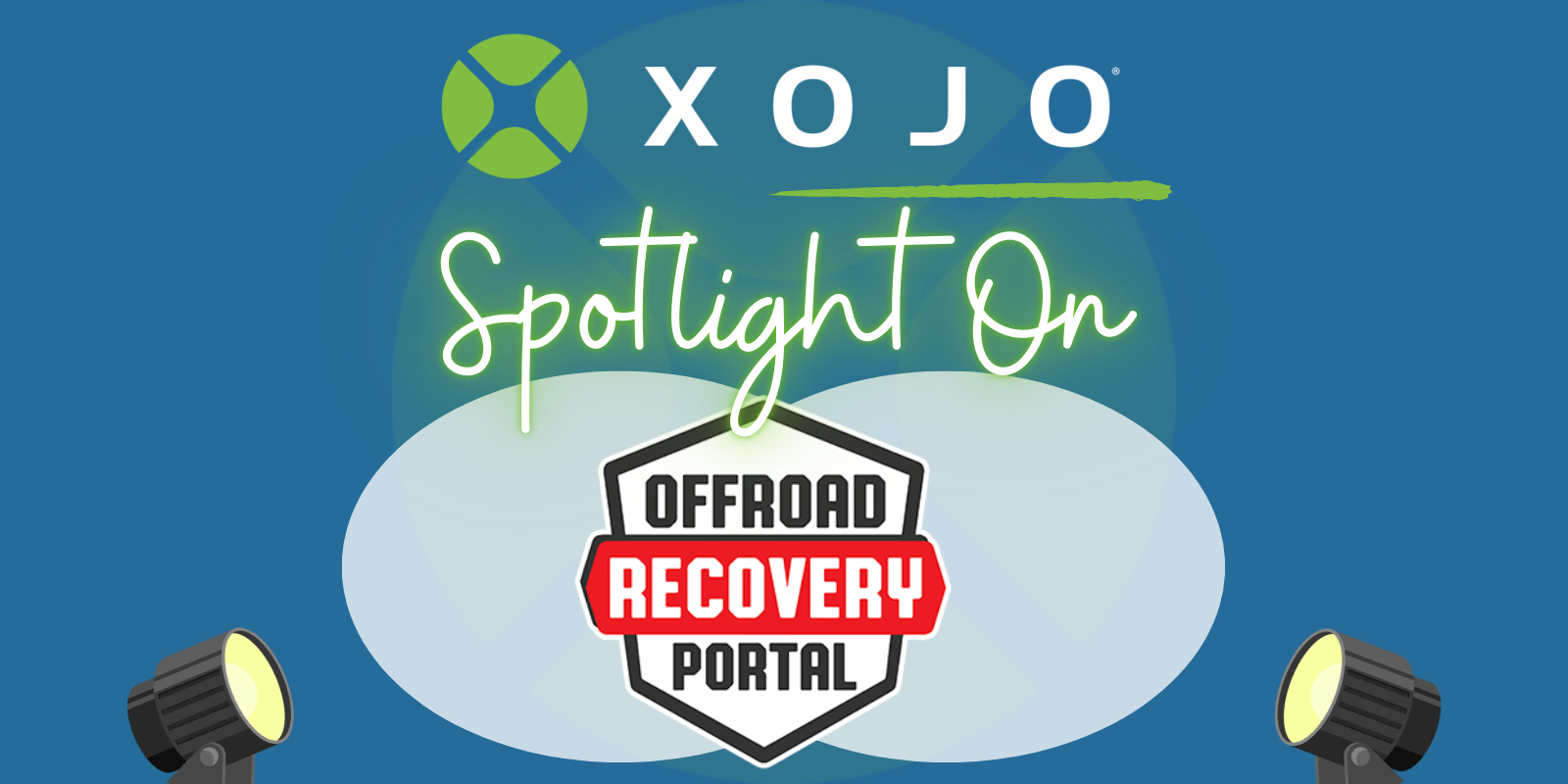Spotlight On posts focus on Xojo community members. We’ll use this space to tell the stories of people using Xojo, share amazing Xojo-made apps and…
Comments closedXojo Programming Blog Posts
February’s Year of Code 2025 topic is Databases and my project is a SQLite object-relation mapping library that I call Storm. I first created Storm in 2008…
Comments closedEver felt overwhelmed by the sheer complexity of designing a mobile app that not only works but also delights users? As a solo developer, you’re…
Comments closedHave you ever debugged your Xojo database app and wondered about the SQL queries being executed and the parameters used? You are not alone. Whether…
Comments closedContinuing our series on distributing Mac apps, this post will take you through properly setting up a provisioning profile, which is required for your apps to get tested by others in TestFlight. To review or catch up on earlier steps in this process, see my posts on Sandboxing, Hardened Runtime and Notarization arrives to the Xojo IDE, macOS Apps: From Sandboxing to Notarization, The Basics and Uploading macOS Builds to App Store Connect. But if you have those steps done, let’s set up the provisioning profile you need.
Comments closedSpotlight On posts focus on Xojo community members. We’ll use this space to tell the stories of people using Xojo, share amazing Xojo-made apps and…
Comments closedJanuary’s Year of Code 2025 topic is Desktop apps and my project is XojoText. XojoText is a simple text editor that lets you edit multiple…
Comments closedIf you are learning Object-Oriented Programming (OOP) or are curious about software development, you have probably heard the term Interfaces. This article explains the concept of…
Comments closedSince Xojo 2024r4 the IDE includes the ability to automatically compile macOS apps with Sandboxing, Hardened Runtime and Notarization. Continue reading to learn that extra step in order to submit the created bundle directly to the App Store Connect website!
Comments closedXojo is kicking off 2025 with something for everyone in the Xojo community, an event that will help new users grow their Xojo coding skills…
Comments closed


